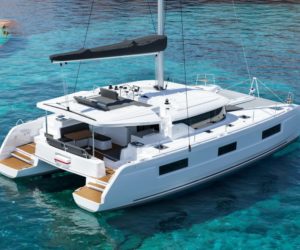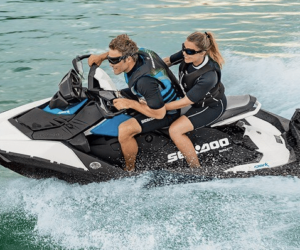The most beautiful marinas in Istria
The most beautiful marinas in Istria
1. Marina Pula
Marina Pula, located in the historic town of the same name, is one of the most important marinas in Istria. The marina has space for over 200 boats and is open all year round. Pula is famous for its well-preserved Roman amphitheatre, the Arena of Pula, which is just a short walk from the marina. The proximity to the city offers sailors the opportunity to discover cultural treasures and enjoy the lively nightlife.
2. ACI Marina Rovinj
ACI Marina Rovinj is considered one of the most modern marinas on the Adriatic. It is located in the picturesque town of Rovinj, which delights visitors with its narrow streets and colourful houses. The marina offers modern amenities and space for over 200 yachts. Rovinj is known for its beautiful old town, lively harbour and many restaurants serving delicious seafood. A visit to Rovinj is a must for every sailor in Istria.
3. Marina Veruda
Marina Veruda is located south of Pula and is a popular starting point for sailing trips along the Istrian coast. The marina offers over 600 berths and is known for its first-class services. With its quiet and sheltered harbour, Marina Veruda is ideal for families and novice sailors. Nearby are beautiful beaches and bays that invite you to swim and relax.
4. Marina Novigrad
Marina Novigrad is located in the charming town of Novigrad and offers space for over 300 boats. The marina is modernly equipped and offers all the amenities that sailors need. Novigrad itself is known for its well-preserved town walls and picturesque old town. The local cuisine and wine culture make Novigrad an ideal destination for gourmets and wine lovers.
5. Marina Vrsar
Marina Vrsar is another beautiful marina on the Istrian coast. It has space for around 200 boats and is known for its friendly atmosphere and excellent service. Vrsar is an idyllic town with a charming old town centre and many restaurants and cafés. From Vrsar, sailors can visit the nearby Limfjord, a protected natural area known for its beauty and biodiversity.
Our summary
Istria offers a variety of marinas that impress with their modern facilities as well as their picturesque surroundings. Whether you want to discover cultural treasures, savour the local cuisine or simply relax in an idyllic bay – the marinas in Istria offer the right destination for every sailor. Plan your next sailing trip and experience the beauty of the Istrian coast from the water.





























